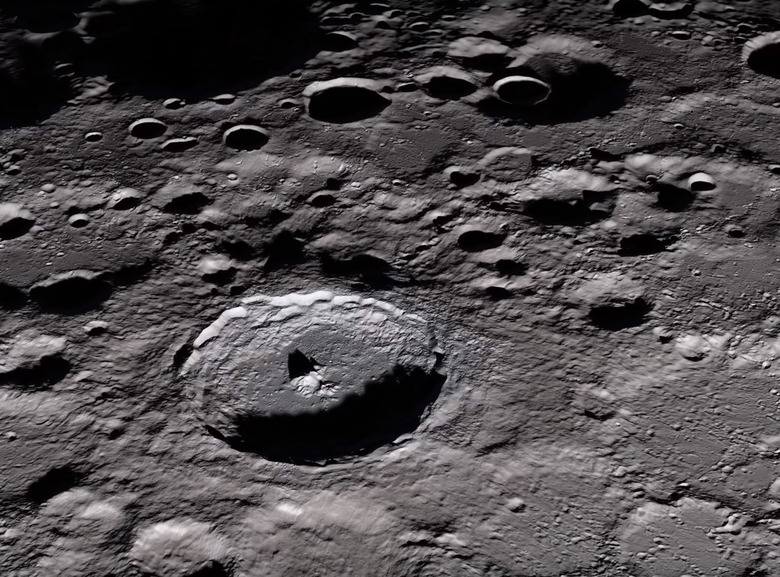Apollo 11 Installed An Experiment On The Moon That Is Still Working Today
NASA's Apollo 11 mission broke new ground in a lot of obvious ways. Landing humans on the lunar surface was a huge accomplishment, as was the first (and each subsequent) moonwalk. But not everything about Apollo 11 is mere nostalgia for NASA, and as the Jet Propulsion Laboratory explains in a new post, one experiment installed on the Moon is actually still returning useful data today.
Neil Armstrong and Buzz Aldrin didn't just walk on the Moon, they conducted a whole heap of science while there. One of the experiments required the installation of a glass prism array on the surface. Later, Apollo 14 and 15 added even more prisms, and scientists have been using them to measure the distance between the Moon and Earth ever since.
The arrays themselves are just collections of specially-shaped glass, meaning that they require no power. Observatories on Earth fire lasers at the Moon and, when those beams are reflected back to Earth, researchers can measure the distance between our two worlds with incredible accuracy.
You'd be forgiven for thinking there's no much novelty to measuring the distance between the Moon and Earth over the long term, but tracking its position has revealed some big secrets about Earth's natural satellite. One of the biggest is that the Moon, and all its awe-inspiring sights, are slowly getting farther away.
The distance between the Moon and Earth increases around 1.5 inches every single year, and eventually, that will change the relationship between the two objects. It's believed the Moon will one day reach a more stable orbit with Earth, but that could take tens of billions of years. By then, the Sun will have taken on a new personality of its own, and it's not likely to matter much to anyone who stuck around.
The regular readings also revealed the Moon's fluid core, since scientists can detect the Moon's elasticity as it moves. Knowing the Moon still has serious heat tells us a lot about its history, and gives us clues that we can apply to other planets and moons elsewhere in our solar system.
Long live the Apollo 11 glass cubes!
